I. Introduction
If you’re building a tool kit for homeowners, this guide covers everything you need to know…
There’s a moment every homeowner faces. A loose doorknob. A crooked picture frame. A wobbly table leg. And suddenly, you realize—you need tools.
But walk into a hardware store or scroll through Amazon, and it’s easy to feel overwhelmed. 100-piece kits. High-powered drills. Gadgets with names you’ve never heard of. Are they all necessary?
Short answer: No.
This guide is here to cut through the clutter. Whether you’re a first-time homeowner or just tired of calling the neighbor every time something breaks, I’ll walk you through the tools that actually matter. The ones you’ll use. And the ones you can confidently leave on the shelf.
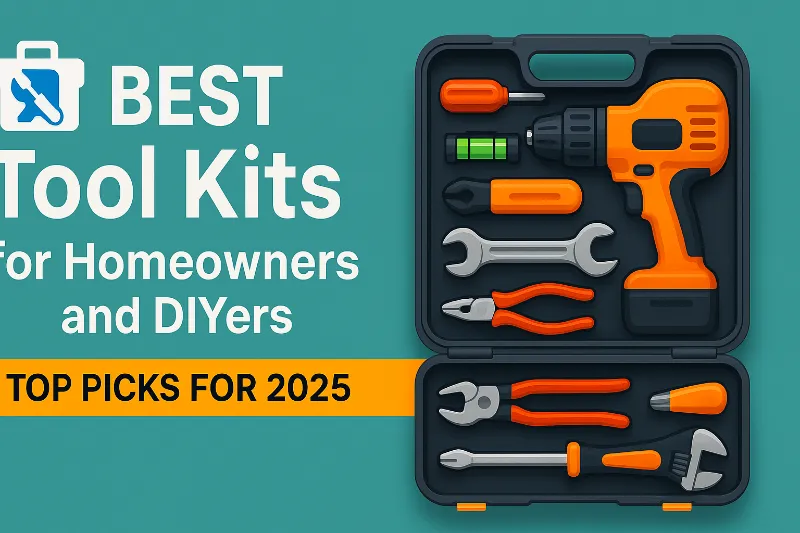
II. The Essentials: Tools That Earn Their Keep
Here’s your core set. These are the workhorses—the tools you’ll find yourself using again and again.
✅ Screwdriver Set (Phillips & Flathead)
From swapping out batteries to fixing a door hinge, screwdrivers are non-negotiable. Get a set with multiple sizes. Bonus if it has magnetic tips.

✅ Adjustable Wrench
No need for a whole drawer of wrenches. One adjustable one will do the trick for most light plumbing jobs and furniture assembly.

✅ Tape Measure (16–25 ft.)
You’ll use this more than you think—measuring wall space, furniture, curtains, even if a new rug will fit. Go for a sturdy, retractable one.
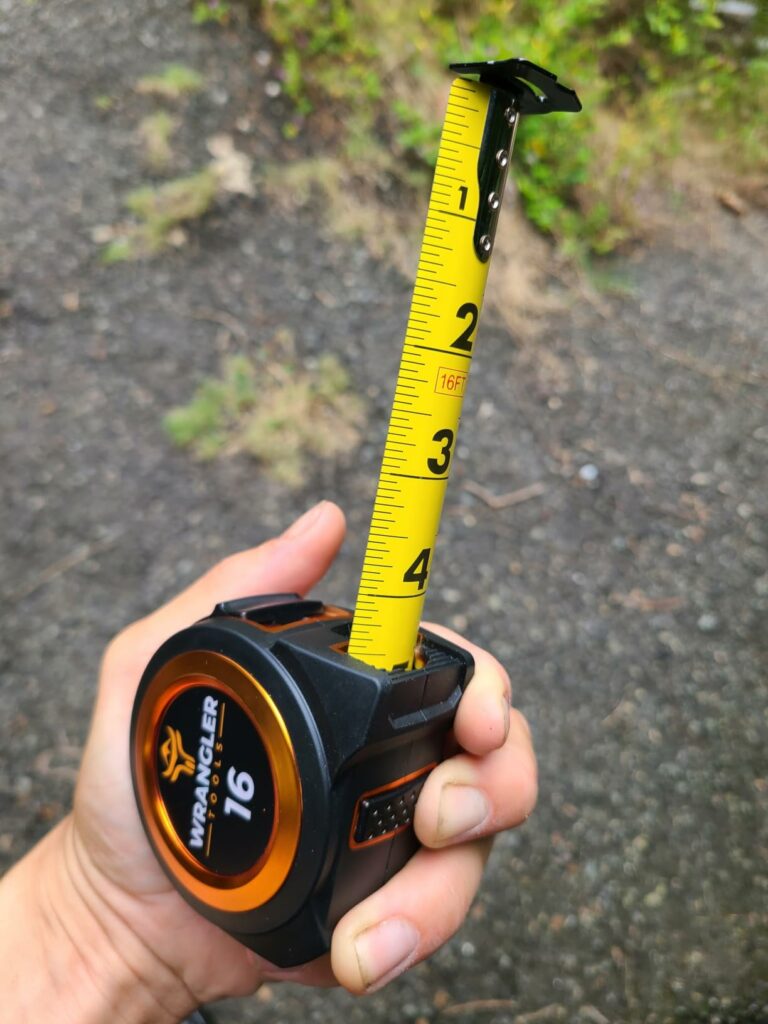
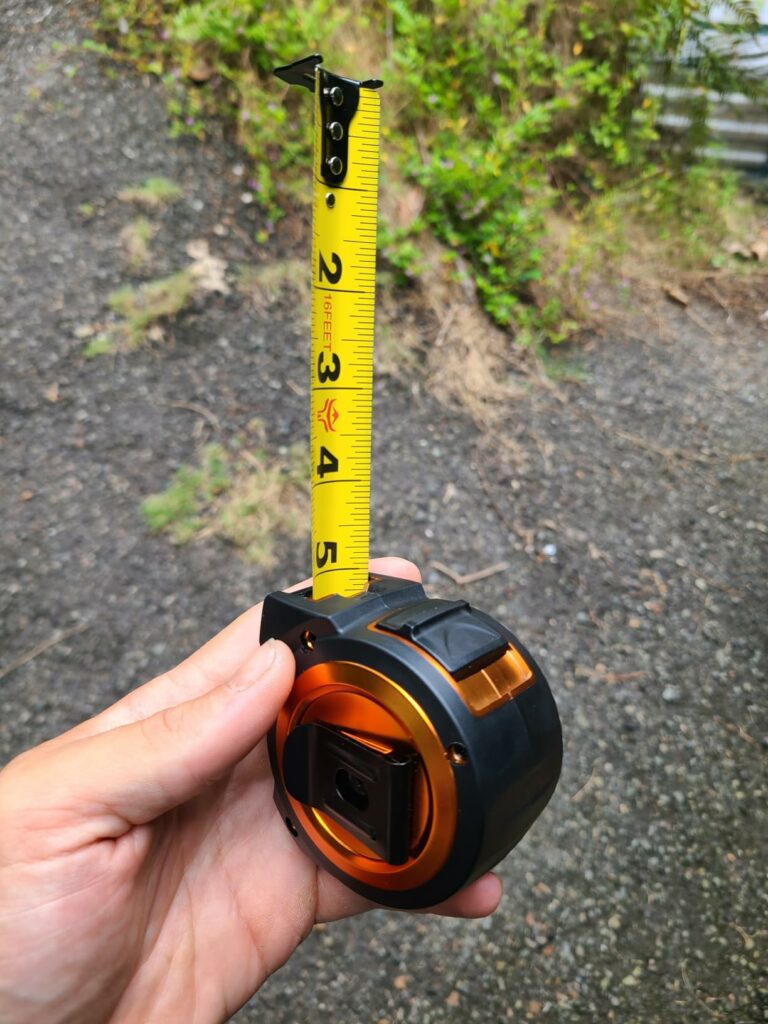
✅ Claw Hammer
Hang a picture, tap in a nail, or pull one out. A medium-weight claw hammer is a classic for a reason.

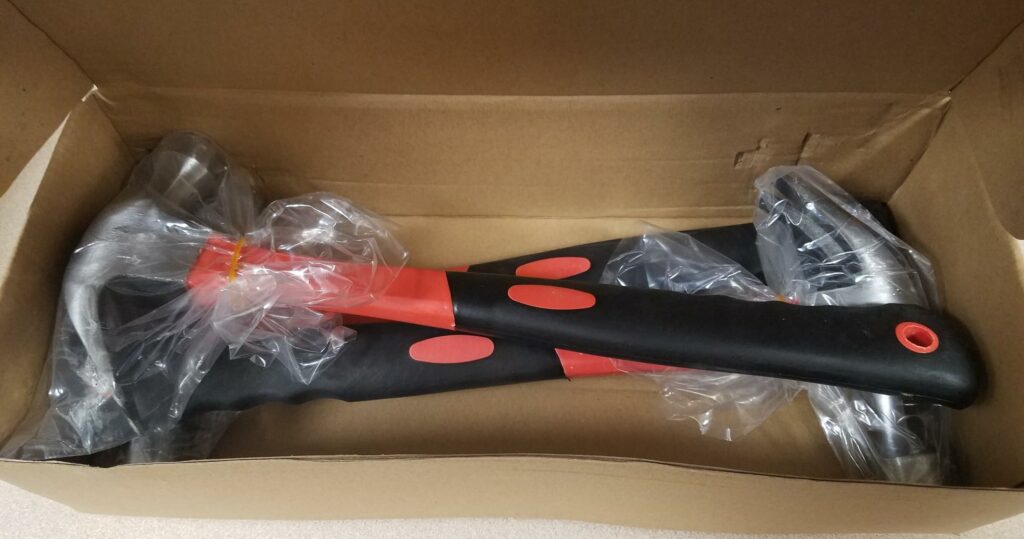
✅ Utility Knife
For opening boxes, slicing through carpet, or cutting zip ties. Keep extra blades handy.
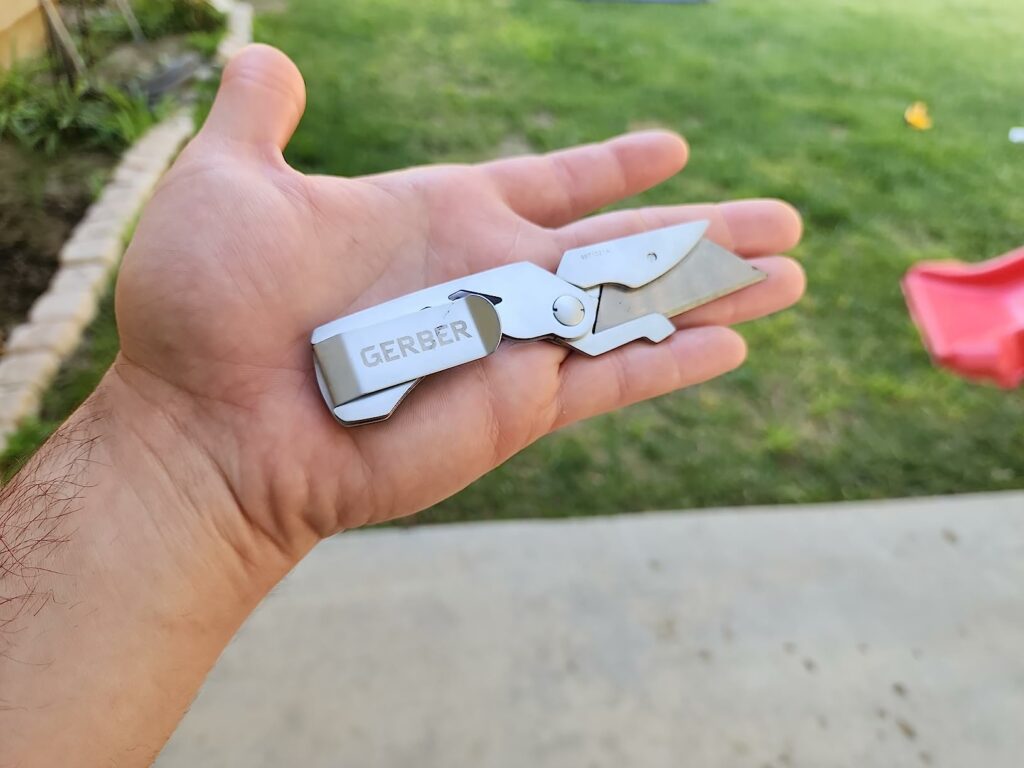

✅ Bubble Level
Crooked frames are frustrating. A simple bubble level will keep your shelves, curtain rods, and mirrors straight.
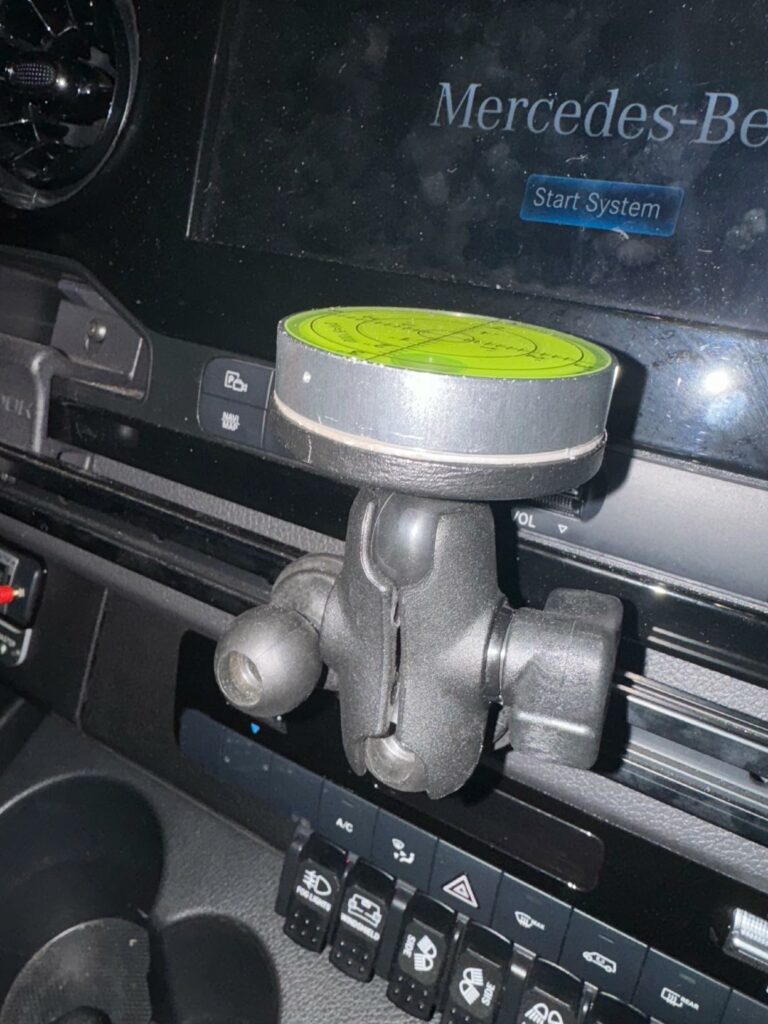
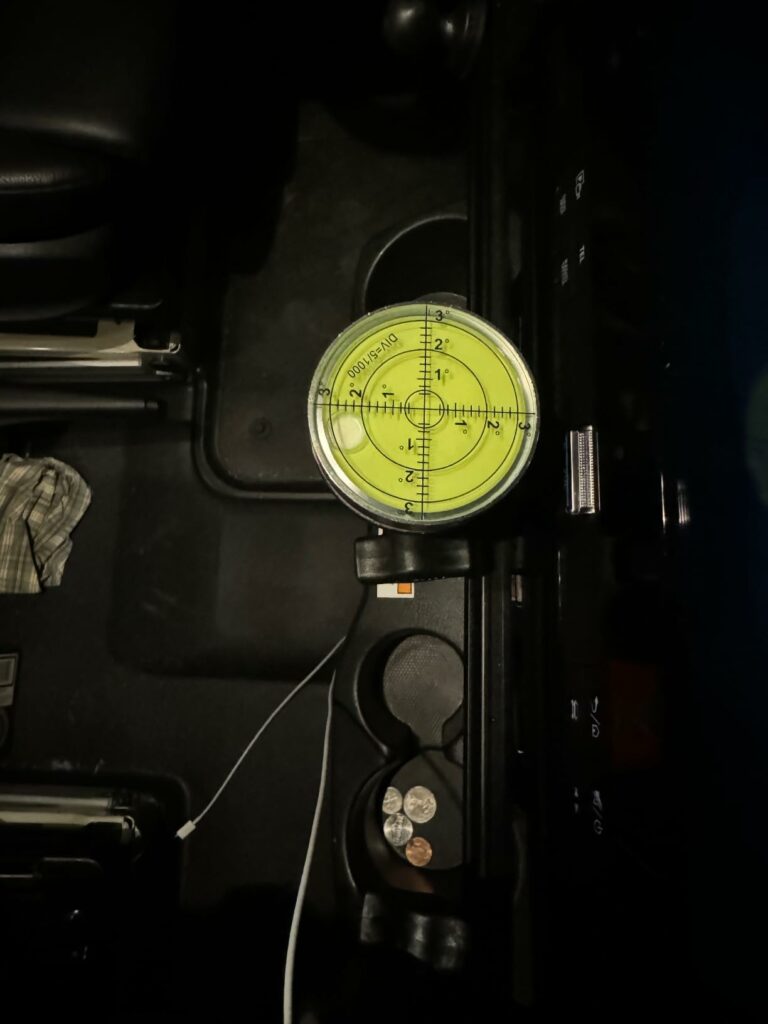
✅ Cordless Electric Screwdriver
When you’ve got a dozen screws to drive, your wrist will thank you. Look for a compact, rechargeable one.
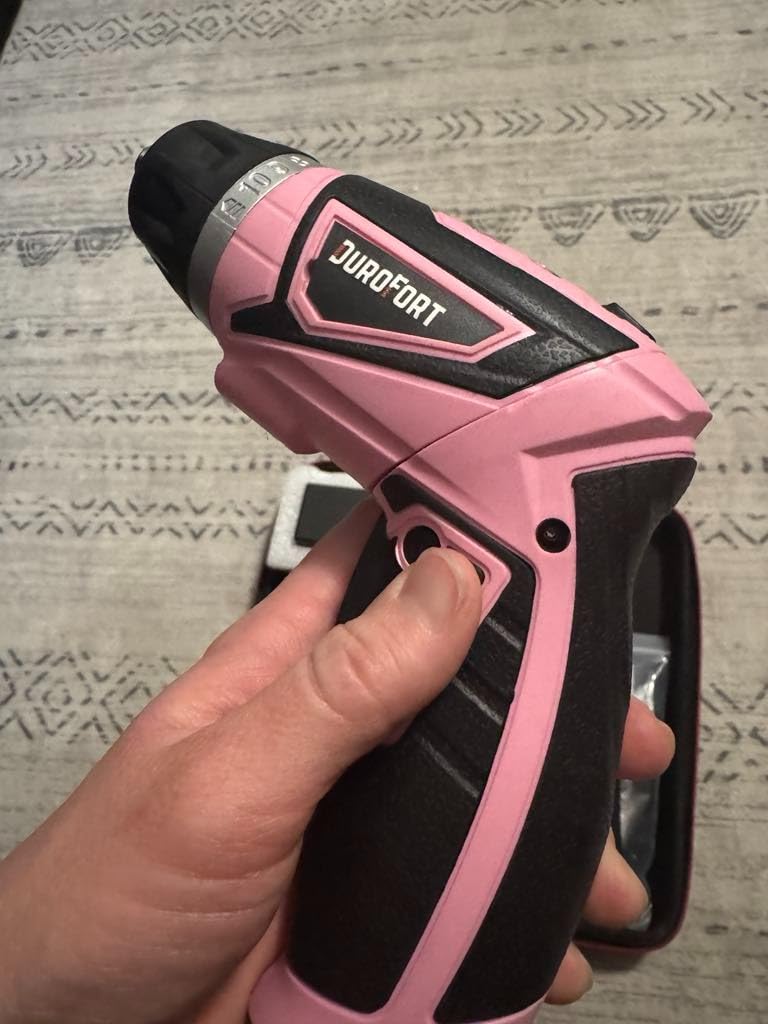

✅ Multimeter (Basic Model)
Even if you’re not an electrician, a multimeter helps with simple things like checking batteries, outlets, or dead fuses.
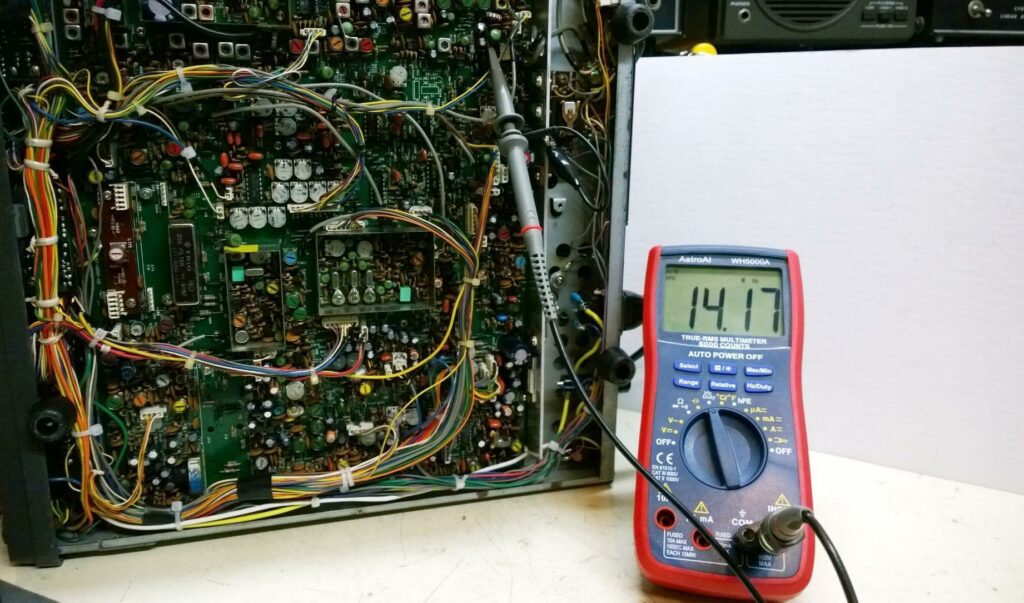

III. What You Don’t Need (Yet)
Unless you’re planning to become a weekend warrior with sawdust in your veins, skip these for now:
❌ Giant 100-Piece Tool Sets
They look impressive but are filled with duplicates and things you’ll never use. Quality beats quantity.
❌ Heavy-Duty Power Tools
Unless you’re remodeling your kitchen, you don’t need a rotary hammer or circular saw. Trust me.
❌ Contractor-Grade Equipment
Torque wrenches, tile cutters, pipe threaders—great if you’re a pro. Otherwise, they’ll gather dust.
❌ Niche Tools
Soldering irons, inspection cameras, stud-to-stud wire tracers—cool, but unnecessary for basic home tasks.
IV. Smart Buying Tips: Less is More
- Think versatility, not volume. One good tool that does three jobs is better than three cheap ones.
- Brands matter. Especially for electric tools. Read reviews and stick with names people trust.
- Storage saves sanity. A toolbox or wall-mounted pegboard keeps your tools visible and accessible.
- Build slowly. Start with the basics, then add tools as new needs come up.
V. The No-Fluff Starter Kit: 8 Tools to Begin With
If you want a minimalist kit that punches above its weight, start here:
- Screwdriver Set (Flathead + Phillips)
- Claw Hammer
- Adjustable Wrench
- Tape Measure
- Utility Knife
- Bubble Level
- Cordless Electric Screwdriver
- Multimeter
You can find beginner-friendly kits under $50 that include most of these. Just check the quality before clicking “Buy.”
VI. Expanding Your Arsenal (When You’re Ready)
Once you’ve got the hang of the basics and start taking on bigger projects:
- Cordless Power Drill – More torque and versatility than a screwdriver.
- Stud Finder – Crucial for securely mounting shelves or TVs.
- Laser Measurer – Fast, accurate distance readings.
- Socket Set – Useful for appliances, bikes, or car maintenance.
- Toolbox or Pegboard – Organization equals efficiency.
VII. Jargon Decoder: Tool Talk Made Simple
- Phillips vs. Flathead: Star-shaped vs. straight-edge. You’ll need both.
- Multimeter vs. Voltage Tester: Multimeter gives more data (voltage, resistance, current). Testers just tell you if something’s live.
- Drill vs. Screwdriver: Drills bore holes. Screwdrivers turn screws. A good drill can usually do both.
VIII. Quick FAQ
Q: What’s the one tool every homeowner should have?
A screwdriver set. If you only buy one thing—make it this.
Q: Is it better to buy a pre-made tool kit or build my own?
Start with a kit if you’re unsure. Then upgrade or replace tools based on use.
Q: How much should I spend on a starter set?
Expect to spend $30–$70 for decent quality without going overboard.
IX. Final Thoughts: Tools Are Freedom
You don’t need a garage full of gear to be handy. Just a few solid tools, some curiosity, and a little patience. The more you use them, the more confident you’ll get.
And one day, when your friend calls asking to borrow a wrench—you’ll know you’ve made it.
Ready to build your kit? Check out our top picks for [drills], [electric screwdrivers], and [multimeters] to get started right.
*Disclosure: This post contains affiliate links. If you buy through them, we may earn a small commission at no extra cost to you.*

Leave a Reply
You must be logged in to post a comment.